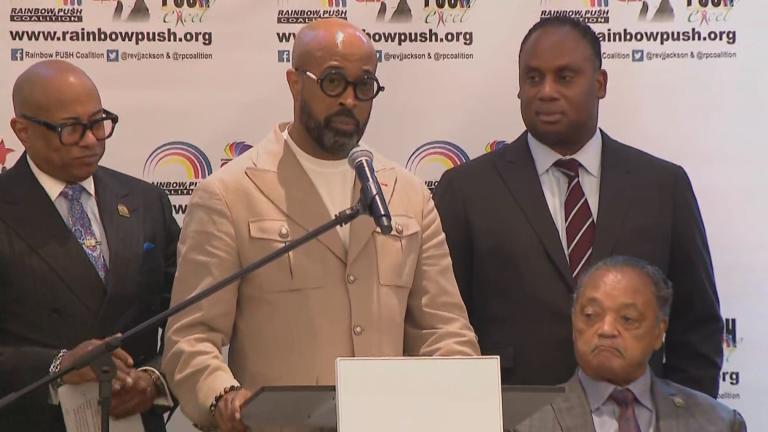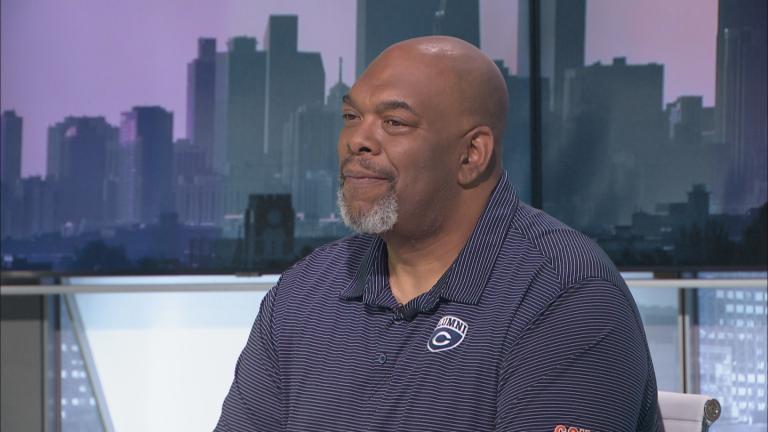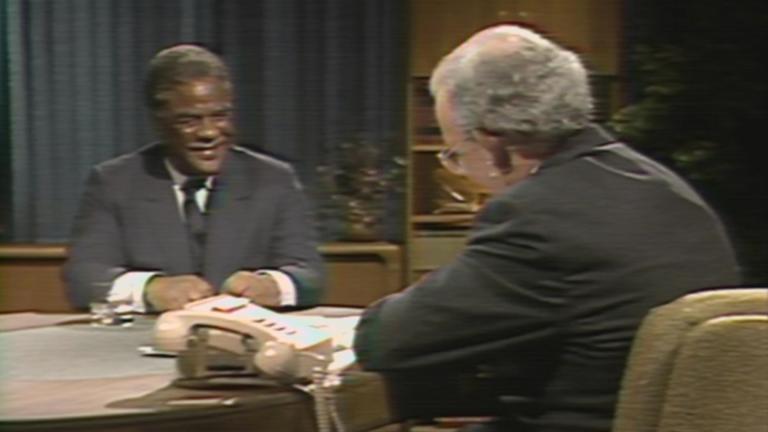Bronzeville and Chatham are getting a cultural boost.
They are among 10 Illinois communities — seven in Chicago — recently designated by the state as cultural districts that are of unique value.
Five more cultural districts will be named in 2025.
The cultural district designation will allow districts to apply for a share of $3 million set aside in state funding to support projects that uplift communities, spur economic development and preserve cultural heritage.
Bernard Turner, executive director of the Bronzeville-Black Metropolis National Heritage Area, said the Bronzeville community has a special place in Chicago history.
“When I was growing up (in the 1950s and 1960s), you could walk down the street and you could hear jazz music playing or blues and you could see the sights and the smells — you think of a place like New Orleans, for example, where there’s a certain atmosphere that you perceive when you were there — and it was the same thing with Bronzeville,” said Turner.
Turner noted that the city was profoundly changed by the Great Migration that saw some 600,000 African Americans move from southern states to make their home in Chicago from 1916 to 1970.
Despite restrictive housing covenants and redlining that forced Black Chicagoans to largely live in segregated communities, Turner said that communities like Bronzeville nevertheless thrived.
“They actually turned a negative situation with segregation, overcrowding and repressive laws … into a metropolis,” Turner said. “A place where there were a lot of businesses that sprang up and businesses that helped to meet the needs of the people who live there. The music, the art, the history, all of those things combined to make Bronzeville a very important part of the city and that’s why it’s important as a cultural heritage district for the state.”
State Sen. Mattie Hunter (D-Chicago), whose 3rd District includes Bronzeville and who grew up in the community, said she is excited about the possibilities the cultural district designation could bring.
“Bronzeville has such a rich culture,” said Hunter. “We look forward to putting all kinds of resources (into Bronzeville) and continuing to grow that community.”
Nedra Sims Fears, executive director of the Greater Chatham Initiative, has been working for years to boost economic development in the community. In particular, the organization has been at the forefront of the development of Mahalia’s Mile along 79th Street that celebrates the legacy of legendary gospel singer Mahalia Jackson.
“I would say that this is kind of back to the future,” said Fears. “When I was reared in Chatham in its heyday, it was always kind of a backbone of not only a Black middle class — it’s always been a mixed-class, mixed-income community — but it was really the nuclei of where the Black middle and upper middle class lived in Chicago. And so the corridors along 79th Street, 87th Street, Cottage Grove were really bustling with great stores, banks, insurance companies.”
But with the end of restrictive housing covenants and redlining, many middle-class Blacks moved to other communities within the city as well as the suburbs.
Now, Fears said, a lot of the landlords along the 79th Street corridor just make money by renting the second and third floors but leave a lot of the storefronts vacant.
Fears wants to bring back business, generating more foot traffic and retail spaces so that there is “a virtuous cycle of economic investment.”
Although the initial pot of money set aside for cultural districts is relatively small when spread across 15 communities, Fears hopes the designation will itself be a catalyst for other investment.
“The state has some challenges and so I’m happy that they set aside some funds for this,” said Fears. “It gives us a position where we can go out and champion the district in a way that was not doable prior to the cultural district designation. It gives us a layer of legitimacy and recognition, and that in and of itself is something that we can use to foster more development and attract more capital and the community members couldn’t be prouder.”
And according to Hunter, that initial $3 million is likely just the beginning.
“I expect that pot of money to grow because I know that by 2025 the state plans to expand the number of cultural districts, and $3 million is certainly not enough money to go around,” said Hunter. “And so I expect the governor and his administration working in cooperation with the General Assembly to find more dollars to ensure these cultural districts prosper and grow.”








